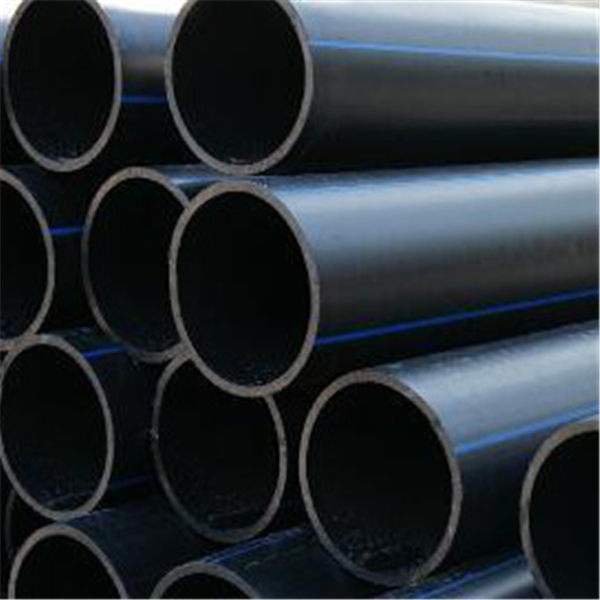సెప్టెం . 13, 2024 06:25 Back to list
plumbing pipes and fittings
Understanding Plumbing Pipes and Fittings
Plumbing is an essential aspect of modern living that ensures our daily access to clean water and proper sanitation. At the heart of effective plumbing systems are the pipes and fittings that facilitate the movement of water, gas, and waste throughout residential and commercial buildings. This article will explore the various types of plumbing pipes and fittings, their applications, and important considerations for installation and maintenance.
Types of Plumbing Pipes
There are several common types of plumbing pipes, each made from different materials, offering unique benefits and potential drawbacks.
1. PVC (Polyvinyl Chloride) Pipes Widely used in residential plumbing for drain, waste, and vent systems, PVC pipes are lightweight, easy to install, and resistant to corrosion. Their smooth interior allows for efficient water flow, making them a popular choice for many plumbing tasks.
2. CPVC (Chlorinated Polyvinyl Chloride) Pipes Similar to PVC but with the ability to handle hotter water, CPVC pipes are often used for hot and cold water supply lines. They are also resistant to corrosion and are more versatile in high-temperature applications.
3. Copper Pipes Known for their durability and longevity, copper pipes are commonly used for water supply lines. They can withstand high temperatures and pressures, making them suitable for a variety of plumbing applications. However, they tend to be more expensive than plastic alternatives.
plumbing pipes and fittings

4. PEX (Cross-Linked Polyethylene) Pipes PEX is a flexible plastic pipe that has gained popularity in recent years. It can be snaked into walls easily and does not require fittings for every turn, making installations faster. PEX is also resistant to scale and chlorine, lowering the chances of pipe degradation.
Fittings The Connectors of Plumbing
Fittings are essential components that connect different sections of piping. They come in various types, including elbows, tees, couplings, and caps, each serving a specific purpose in directing the flow of water or gas. For example, an elbow fitting allows pipes to bend at angles, while a tee fitting enables the connection of three pipes. Choosing the right fittings is crucial for ensuring a leak-free and efficient plumbing system.
Considerations for Installation and Maintenance
When installing plumbing pipes and fittings, several factors should be considered. First, it is vital to select the right material based on the application and local building codes. Additionally, proper installation techniques should be employed to minimize the risk of leaks and damage. Regular maintenance, such as checking for leaks and ensuring proper drainage, is also important to prolong the lifespan of plumbing systems.
In conclusion, plumbing pipes and fittings are fundamental to a well-functioning plumbing system. Understanding the different types available and their applications is essential for making informed choices during installations and repairs. Whether you're building a new home or maintaining an existing structure, the right piping and fittings ensure a reliable and efficient water supply.
-
Premium PVC Soft Sheets: Clear, Flexible & Durable
NewsAug.12,2025
-
Premium PVC Round Rods: Durable, Chemical Resistant, Easy to Machine
NewsAug.11,2025
-
PP U-channel: Chemical-Resistant, Lightweight & Durable
NewsAug.10,2025
-
Transparent PVC Pipe: Clear Flexible Tubing for Fluids
NewsAug.09,2025
-
Durable PP Rigid Sheet: Versatile & High-Quality Plastic Panels
NewsAug.08,2025
-
Premium Glossy PP Rigid Sheet – Durable & Versatile
NewsAug.07,2025

